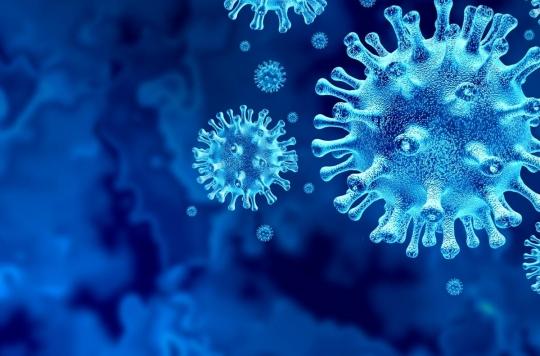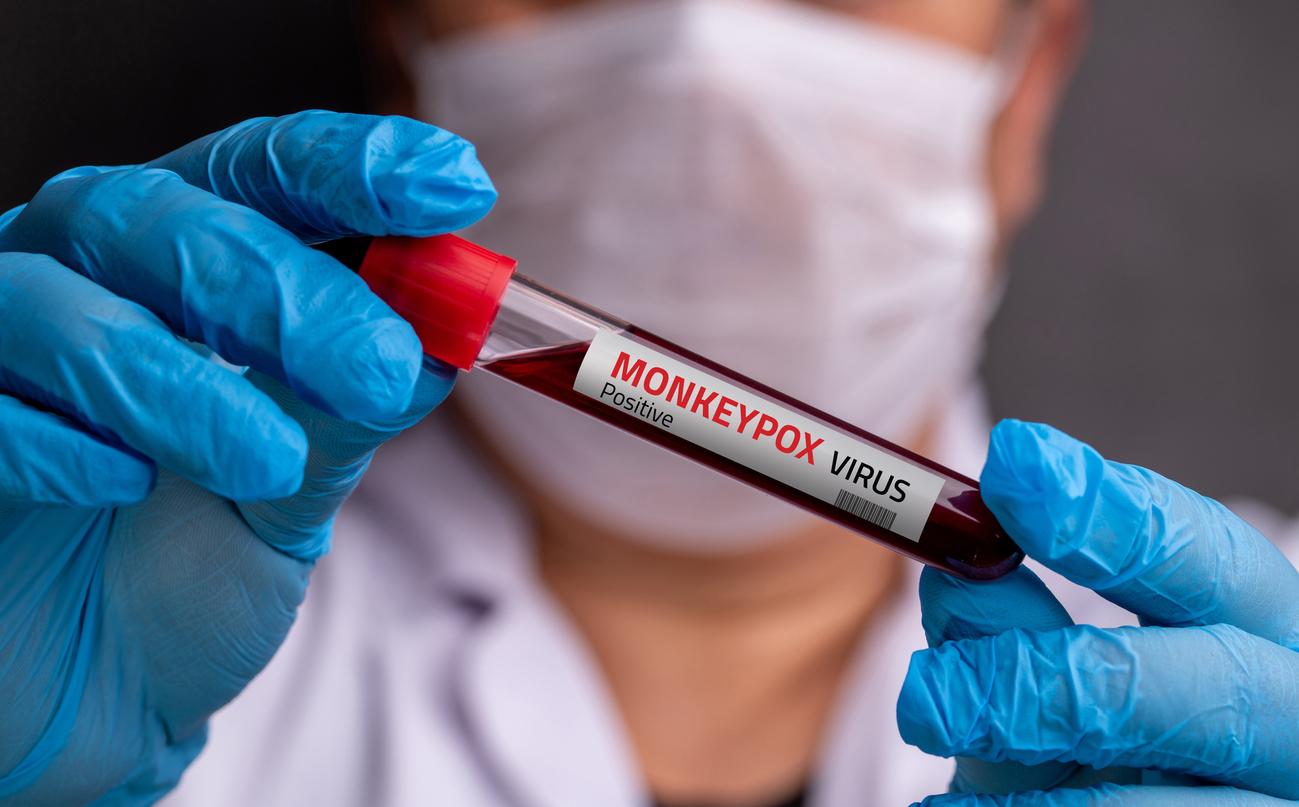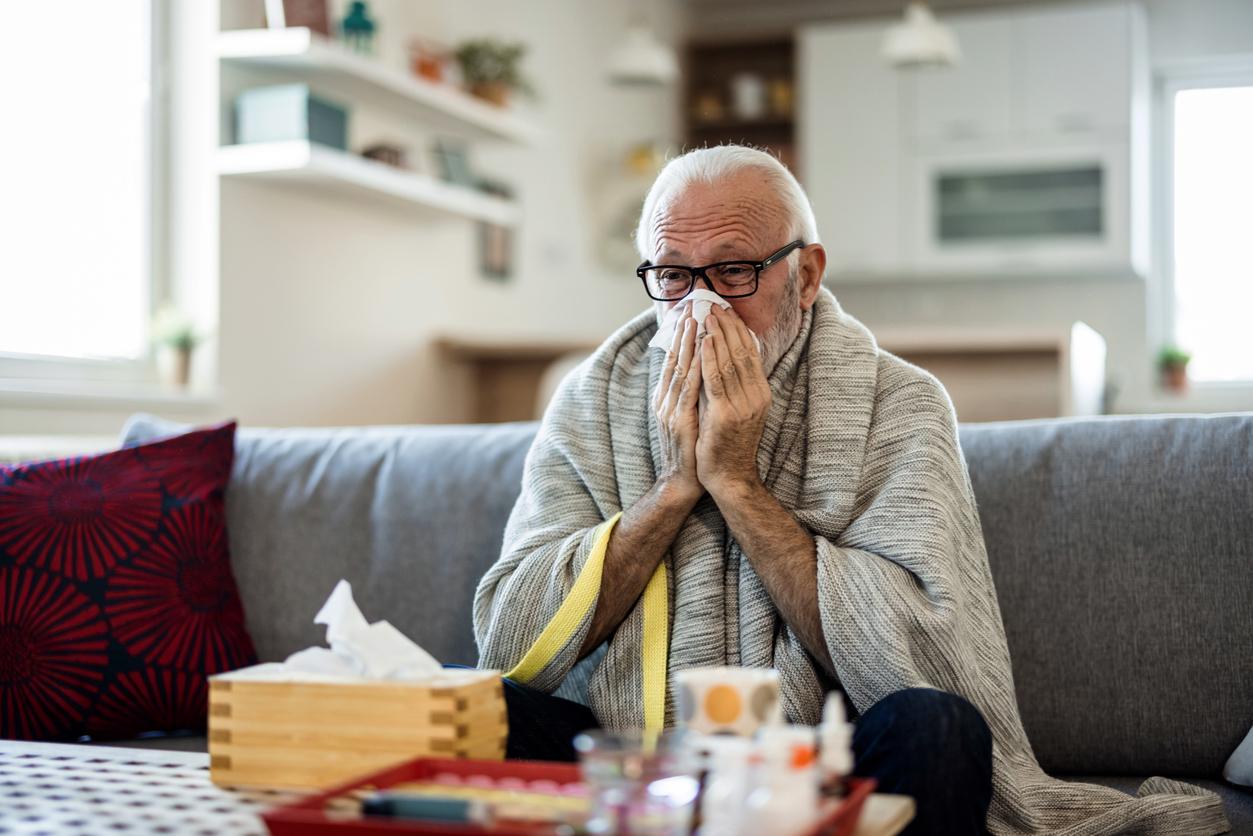SARS-CoV-2 is able to fuse cells to evade the immune system.

- A virus must hide to survive. When it is outside the cells, in the form of virions, ie a viral particle, it can be detected by the host’s immune system, which will seek to neutralize it.
- Mutations in viruses are used to trick immune cells, antibodies, to escape them and so that they can continue to replicate in the body.
A team of international researchers has observed the processes used by variants of Covid-19 to resist the immune system. Their results have been pre-publishedwhich means that they have not yet been evaluated by a scientific editorial board.
Cells observed in time-lapse
Viruses can transform themselves in different ways to fool the immune system: they change parts of their structure so that they can no longer be recognized, and they modify the way they act. A virus is able to infect new cells without virions being released outside the cells. This process is called cell-to-cell infection.
In this work, the strategy of SARS-CoV-2 turned out to be even more complex: the infected cells fuse with other infected cells in order to create “super cells“, called syncitia. The research team observed lung cells infected with Covid-19. They used the technique of time lapse, a way to speed up the images, to watch their evolution. Six hours after infection, syncitia begin to form, and after 36 hours, 20% of the cell nuclei are in these viral structures.
How effective are vaccines on this process?
According to the researchers, neutralizing antibodies cannot prevent cell-to-cell spread via these superstructures. “In the case of natural immunity, the antibodies need several weeks before reaching their maximum neutralizing capacity“, explain the scientists in their study.
Vaccines allow antibodies to be present even before exposure to the virus, but the authors fear that syncitia can still form. On the other hand, vaccines also stimulate the formation of lymphocytes, white blood cells capable of destroying these super-cells. There would therefore be a way to fight against this cellular process, even if it could contribute to the persistence of the virus in certain subjects.

.















